Mozambique LNG is emerging as a future leader in the global LNG industry as it works to develop an LNG facility on the Afungi peninsula in Cabo Delgado province.
Mozambique LNG is a transformational opportunity for Mozambique and provides decades of repeatable delivery. The socio-economic benefit to the region is tremendous, as just the first stage of LNG development will generate billions of dollars of government revenue to significantly improve the macroeconomic environment of this east African nation. Additionally, a pre-agreed portion of gas will be earmarked for the domestic market to facilitate development of domestic industries in Mozambique.
The project holds a number of competitive advantages that make it a strategic greenfield development. The first is its scale, at approximately 75 trillion cubic feet of recoverable natural gas in Offshore Area 1 – the equivalent of a 12-billion-barrel oil field. Then there is the location, with direct shipping routes to global customers in the Atlantic and Asia Pacific markets, as well as growing opportunities in the Middle East and Indian sub-continent.
It is also deliverable with highly productive subsea wells capable of flowing between 100 and 200 million cubic feet of natural gas per day, so it is well positioned to deliver LNG early next decade to take advantage of a projected sweet spot in global supply and demand.
Mozambique LNG is committed to ensuring that the development of these resources carry tangible benefits for the people and the economy of Mozambique.
The project is expected to fuel economic growth, improve local infrastructure and increase national content through employment, training and supply chain development. “We estimate that more than 5,000 Mozambican nationals will be employed and trained in construction trades during the construction phase,” a spokesman at Anadarko, the projects operators said. “The long-term operations phase is expected to generate approximately 1,500 Mozambican jobs. Over the last five years, $850 million has been invested with Mozambican-registered suppliers who represent 50 per cent of our supplier base. Our initiatives will continue to increase opportunities for local suppliers through an industry-wide supplier registration system, publication of forward contract plans, and establishment of business enterprise centres.
“Activities and social investment projects will be designed in a manner that empowers communities to be independent, self-sufficient, and skilled with the ability to drive and maintain their development trajectory after project completion.”
The Anadarko-led Area 1 (Golfinho/Atum) project is developing the first onshore LNG facility in Mozambique. The project initially will source natural gas from a reservoir that lies entirely within Area 1, the Golfinho/Atum reservoir, which is operated by Anadarko and contains natural gas resources sufficient to support the proposed two-train initial onshore infrastructure development. Each of these two trains will have a capacity to produce 6.44 million tonnes of LNG per year, with the total 12.88 million tonnes per year representing about five per cent of current world demand.
The scale of the total resources in Area 1, including the Area 1 portion of the straddling reservoir, will support significant expansion through additional LNG trains in future years, with the Afungi site capable of accommodating up to 10 LNG trains in total. The Area 1 development project is located on the Afungi peninsula in the Cabo Delgado Province, 20 kilometres (km) south of the border with Tanzania.
The project holds a number of competitive advantages that make it a strategic greenfield development. The first is its scale, at approximately 75 trillion cubic feet of recoverable natural gas in Offshore Area 1 – the equivalent of a 12-billion-barrel oil field. Then there is the location, with direct shipping routes to global customers in the Atlantic and Asia Pacific markets, as well as growing opportunities in the Middle East and Indian sub-continent.
It is also deliverable with highly productive subsea wells capable of flowing between 100 and 200 million cubic feet of natural gas per day, so it is well positioned to deliver LNG early next decade to take advantage of a projected sweet spot in global supply and demand.
Thinking local
Mozambique LNG is committed to ensuring that the development of these resources carry tangible benefits for the people and the economy of Mozambique.
The project is expected to fuel economic growth, improve local infrastructure and increase national content through employment, training and supply chain development. “We estimate that more than 5,000 Mozambican nationals will be employed and trained in construction trades during the construction phase,” a spokesman at Anadarko, the projects operators said. “The long-term operations phase is expected to generate approximately 1,500 Mozambican jobs. Over the last five years, $850 million has been invested with Mozambican-registered suppliers who represent 50 per cent of our supplier base. Our initiatives will continue to increase opportunities for local suppliers through an industry-wide supplier registration system, publication of forward contract plans, and establishment of business enterprise centres.
“Activities and social investment projects will be designed in a manner that empowers communities to be independent, self-sufficient, and skilled with the ability to drive and maintain their development trajectory after project completion.”
Prospects
The Anadarko-led Area 1 (Golfinho/Atum) project is developing the first onshore LNG facility in Mozambique. The project initially will source natural gas from a reservoir that lies entirely within Area 1, the Golfinho/Atum reservoir, which is operated by Anadarko and contains natural gas resources sufficient to support the proposed two-train initial onshore infrastructure development. Each of these two trains will have a capacity to produce 6.44 million tonnes of LNG per year, with the total 12.88 million tonnes per year representing about five per cent of current world demand.
The scale of the total resources in Area 1, including the Area 1 portion of the straddling reservoir, will support significant expansion through additional LNG trains in future years, with the Afungi site capable of accommodating up to 10 LNG trains in total. The Area 1 development project is located on the Afungi peninsula in the Cabo Delgado Province, 20 kilometres (km) south of the border with Tanzania.

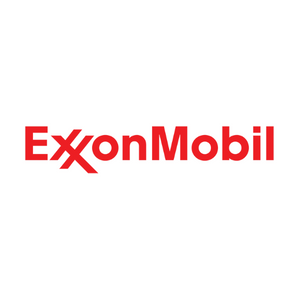

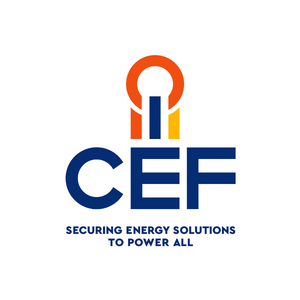
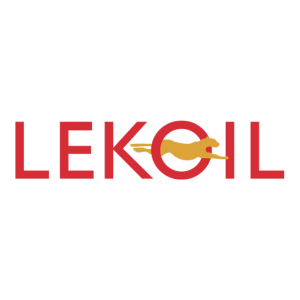
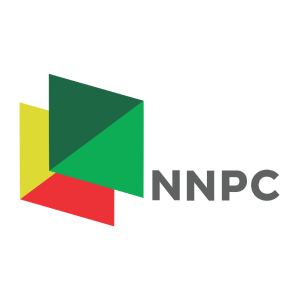
_weblogo_2.png?ext=.png)
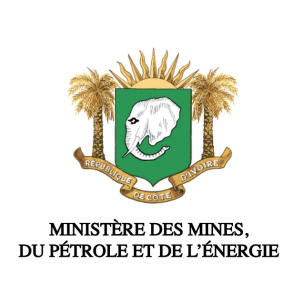

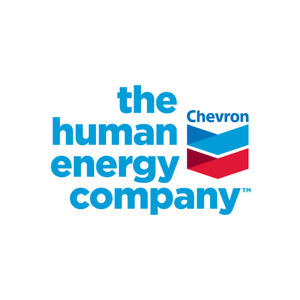

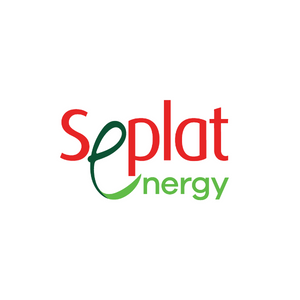
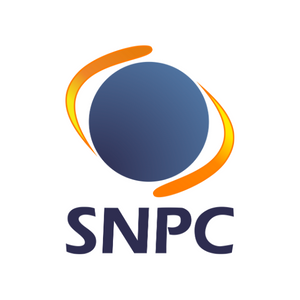

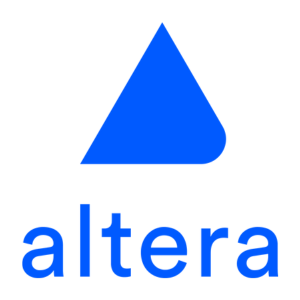
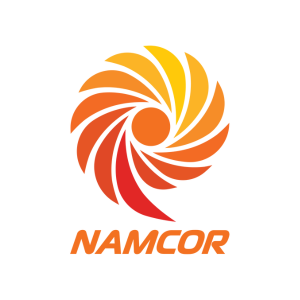
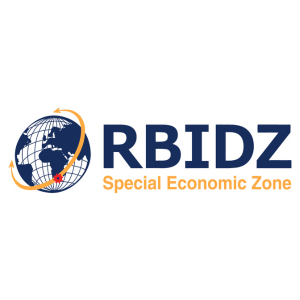
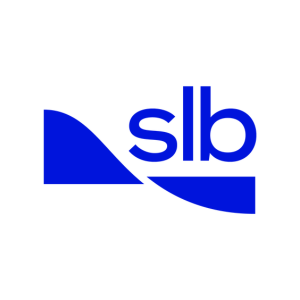
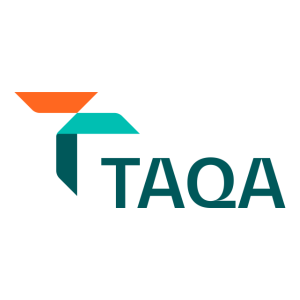
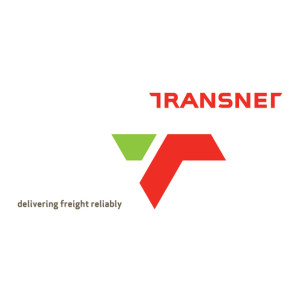


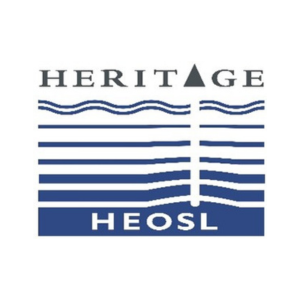
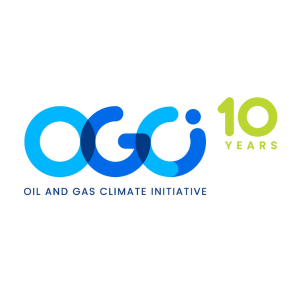
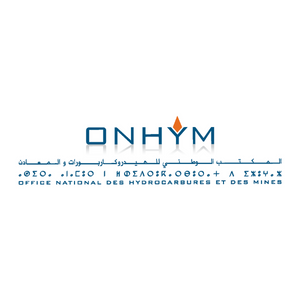
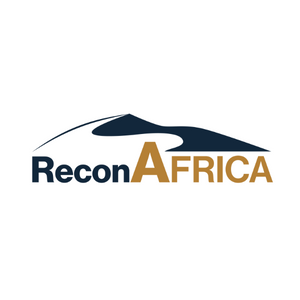
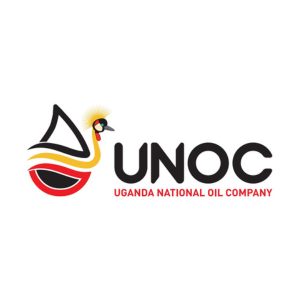
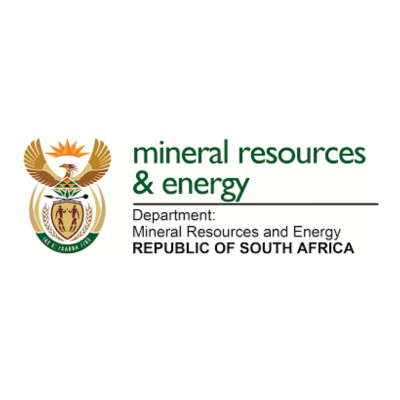
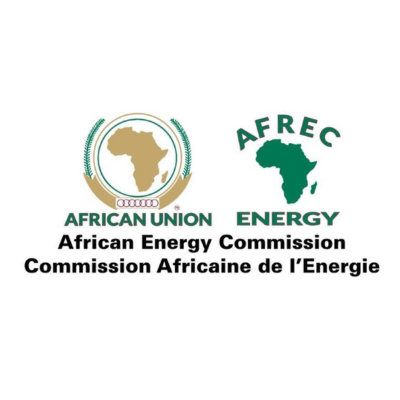
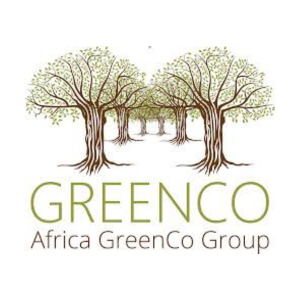
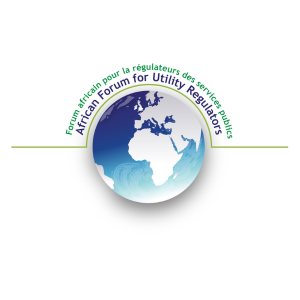
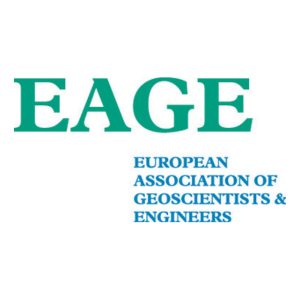
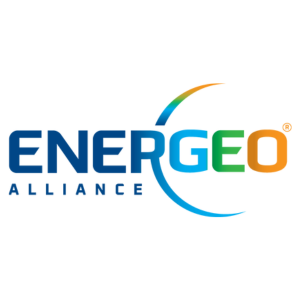
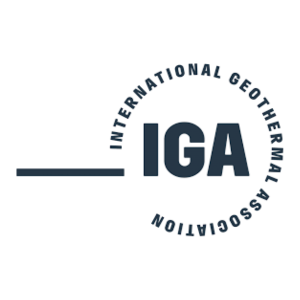
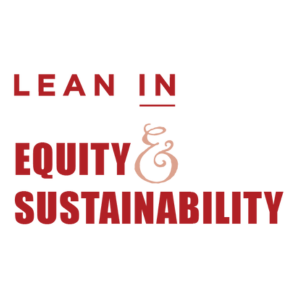

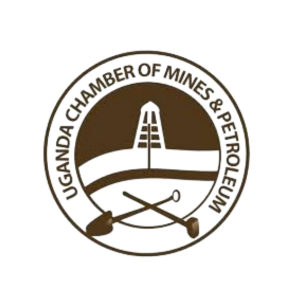



.jpg?ext=.jpg)

